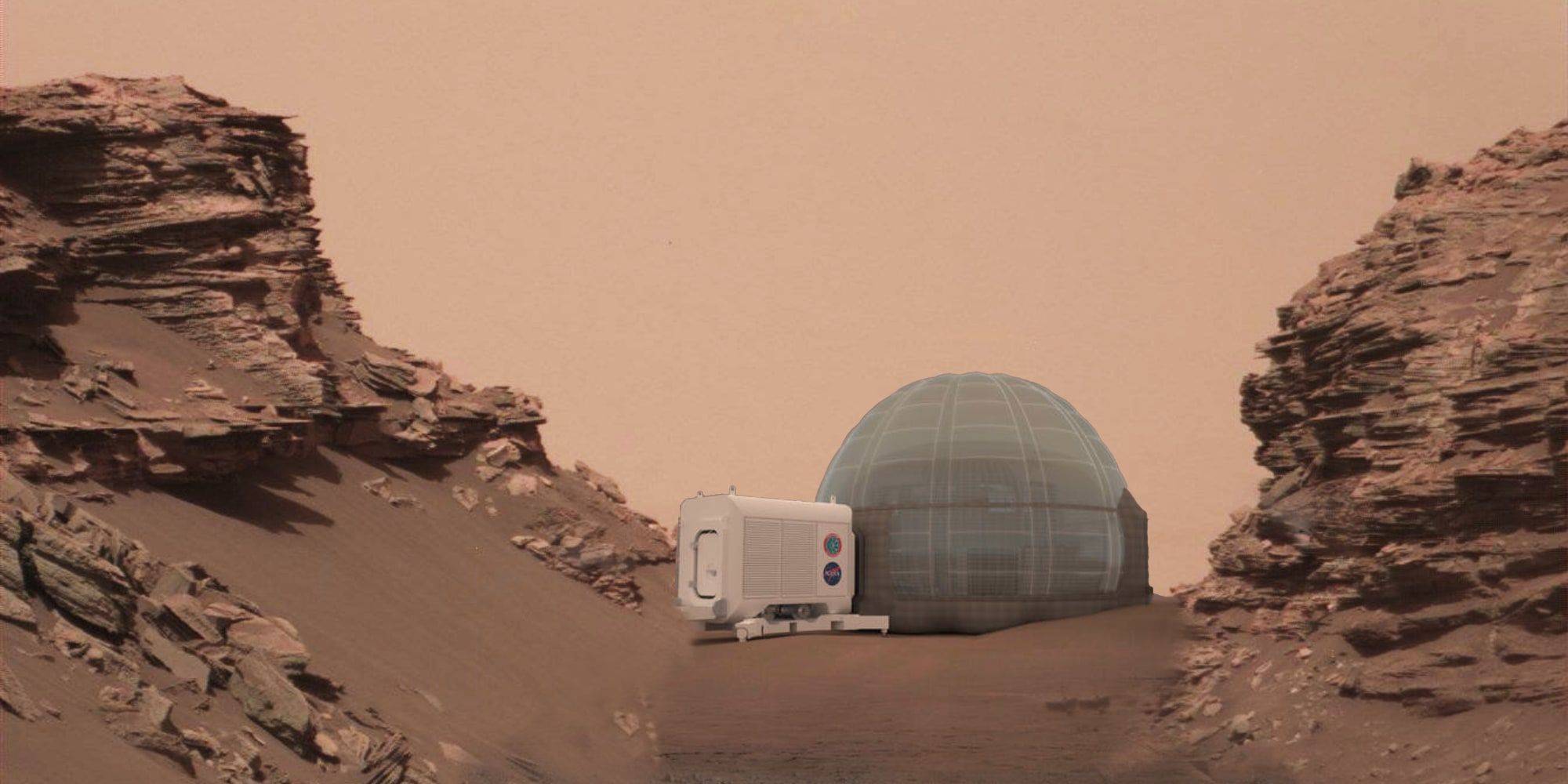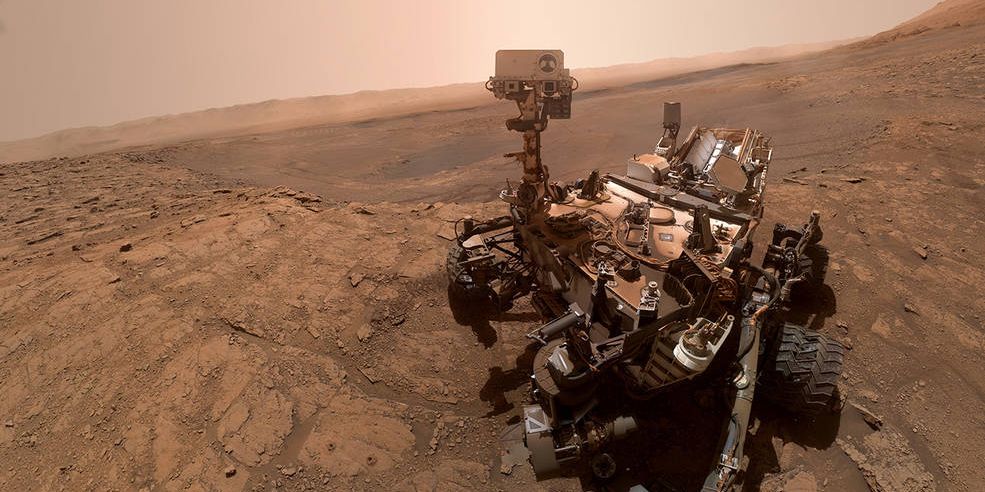While humans won't be colonizing Mars anytime soon, it's important for NASA to identify locations where future science teams can live for extended periods of time, and researchers recently spotted some locations that may make good Martian homes for future travelers and possibly even settlers on the Red Planet. Beyond the well-known lack of a breathable atmosphere, life on Mars might be fraught with dangers coming from the sky.
NASA's Curiosity rover has been an incredible workhorse, plugging away year after year, collecting critical information about Mars. As part of the Mars Science Laboratory (MSL) mission that launched near the end of 2011, the wealth of data Curiosity has provided offers Earth-bound scientists an opportunity to study Mars in great detail, often finding new ways to interpret and extract what is needed from past recordings, rather than relying on a new mission to gather new insights.
There are several hurdles to overcome before humans can spend any significant amount of time on Mars and radiation is one of the biggest concerns, inspiring this recent study published in Geophysical Research Letters. Data from MSL Curiosity's Radiation Assessment Detector (RAD) has been analyzed to seek areas and features of Mars that might provide shelter from harmful radiation from space. An area of lower radiation, down about five percent, was found in Curiosity logs when it traveled to Murray Buttes which is in Gale Crater. Checking the sky visibility map, the researchers found that 19 percent of the sky was blocked near the butte, providing a good clue to which regions might make the best homes.
Radiation Damage On Mars
Radiation from space can be relatively harmless to humans in small amounts, but Mars provides a challenge. On Mars, these levels are much higher than they are on Earth, due to the Earth's magnetic field. While Mars does have some magnetic field, it isn't structured and provides little protection from solar and cosmic radiation. It is relatively easy to shield the portions of a machine that might be affected by radiation and many components are not affected at all. Humans, on the other hand, readily absorb this energy which can lead to damage to various parts of our bodies, right down to our DNA. In fact, astronauts that travel beyond Low Earth Orbit are at significant risk for radiation sickness, an increased risk for cancer, and degenerative diseases. It's very clear that Mars sees more asteroid impacts than Earth, however, the ongoing bombardment of radiation is invisible.
Shielding behind rock walls is a real possibility, yet some of the same areas that enjoyed a break from space radiation suffered from albedo radiation. Albedo radiation is reflected off of a surface but can be just as dangerous, so picking a viable location might not be entirely intuitive and will likely rely on careful study and planning. A related idea that has been suggested before is to seek protection in extinct lava tubes. Shelters built in these high-walled natural structures could shield occupants from the majority of space radiation and minimize albedo radiation at the same time. Future space travelers that stop on Mars might be snuggling up against rock walls, or be cozily tucked deep within lava tubes to minimize exposure to harmful radiation.
Source: Geophysical Research Letters


